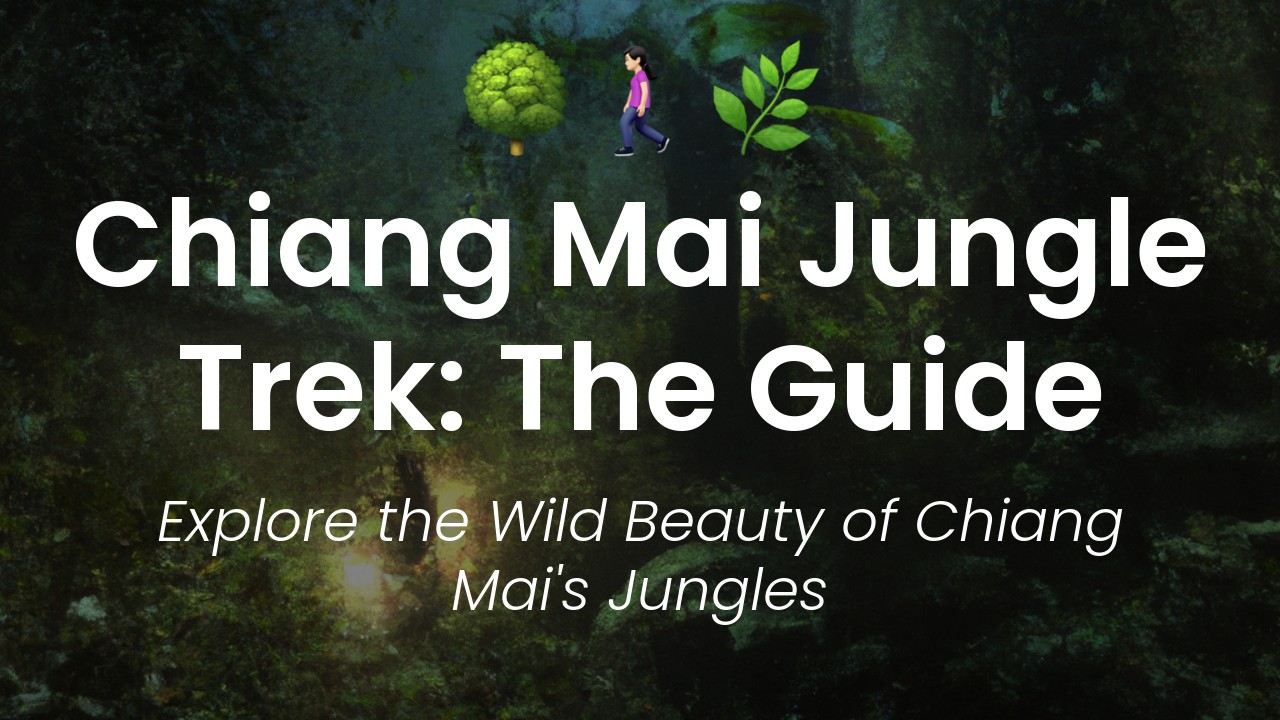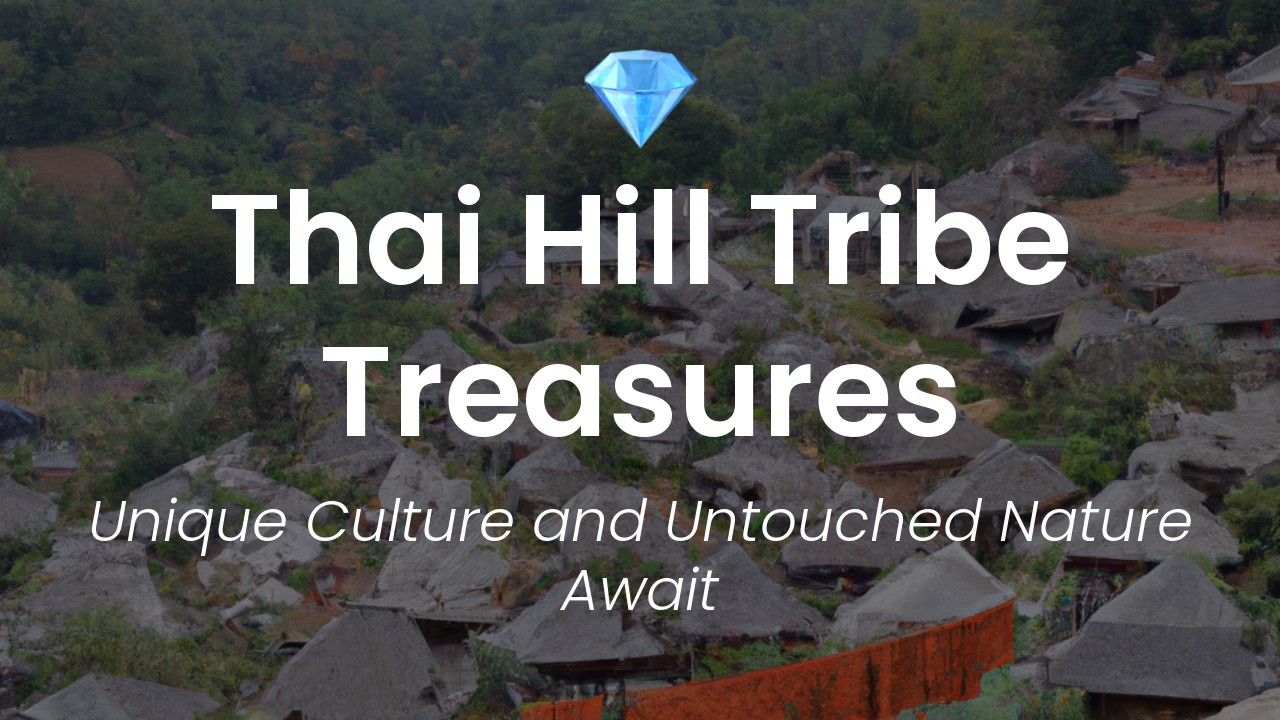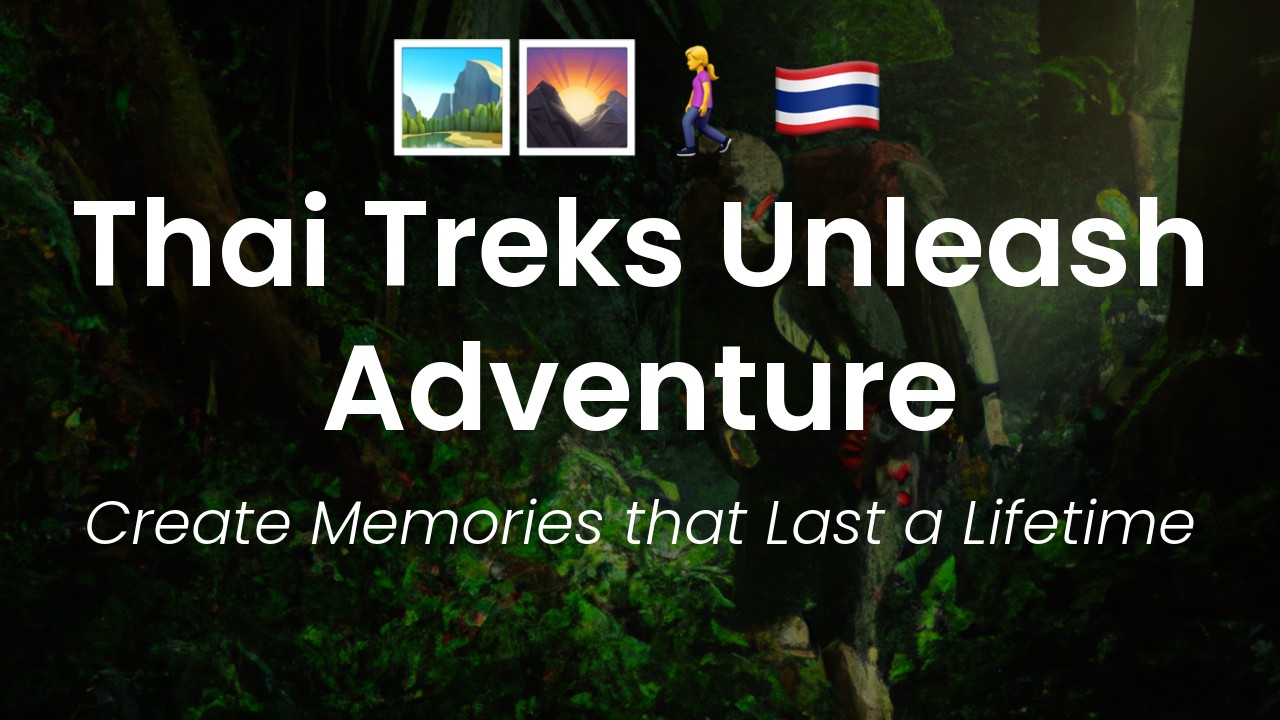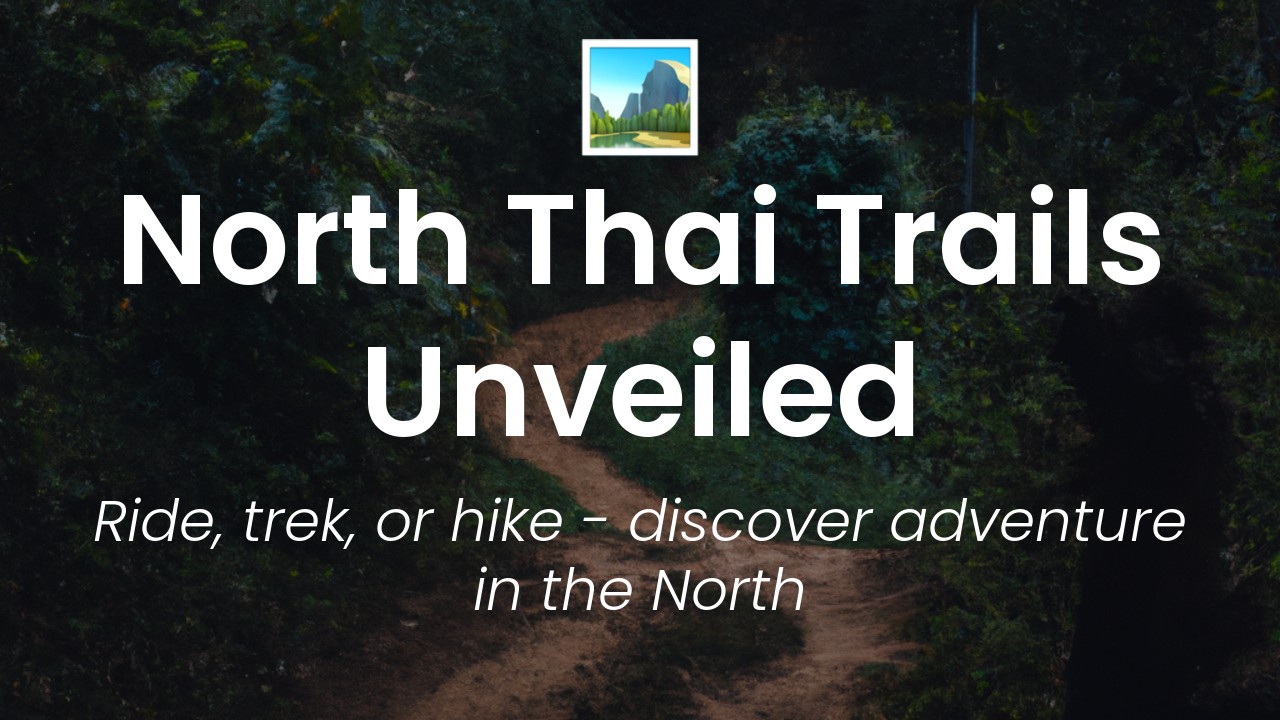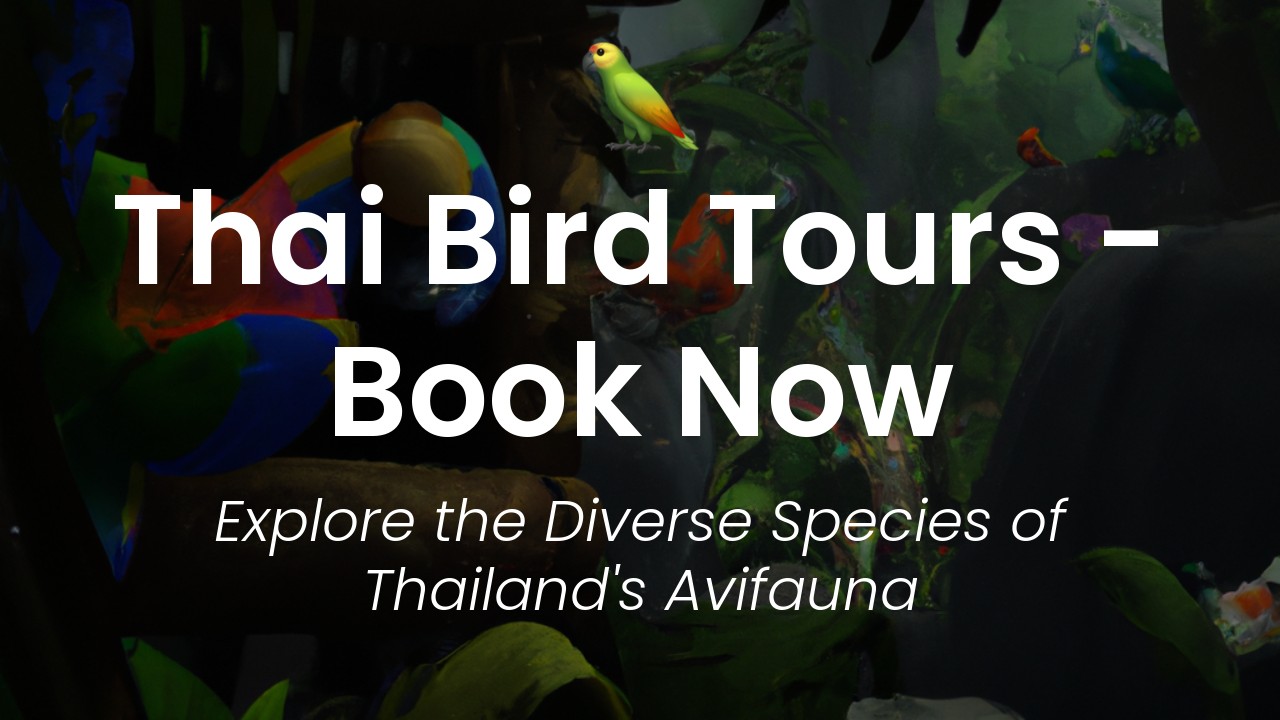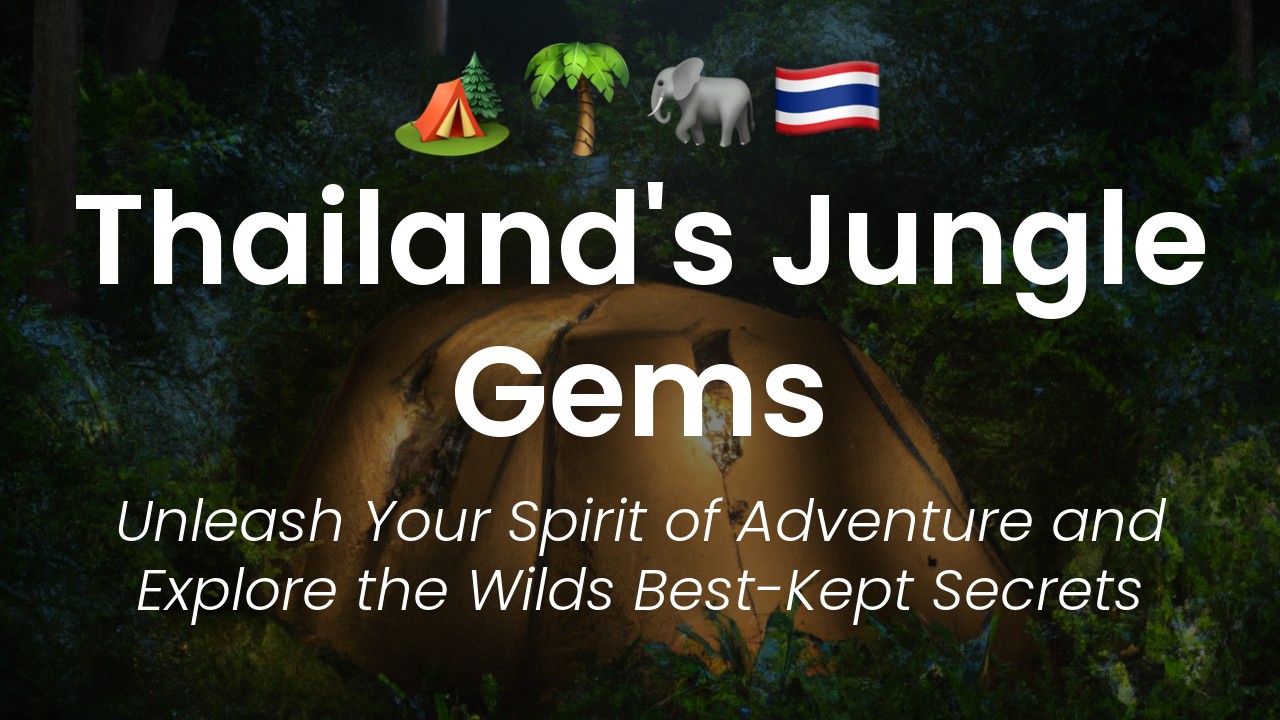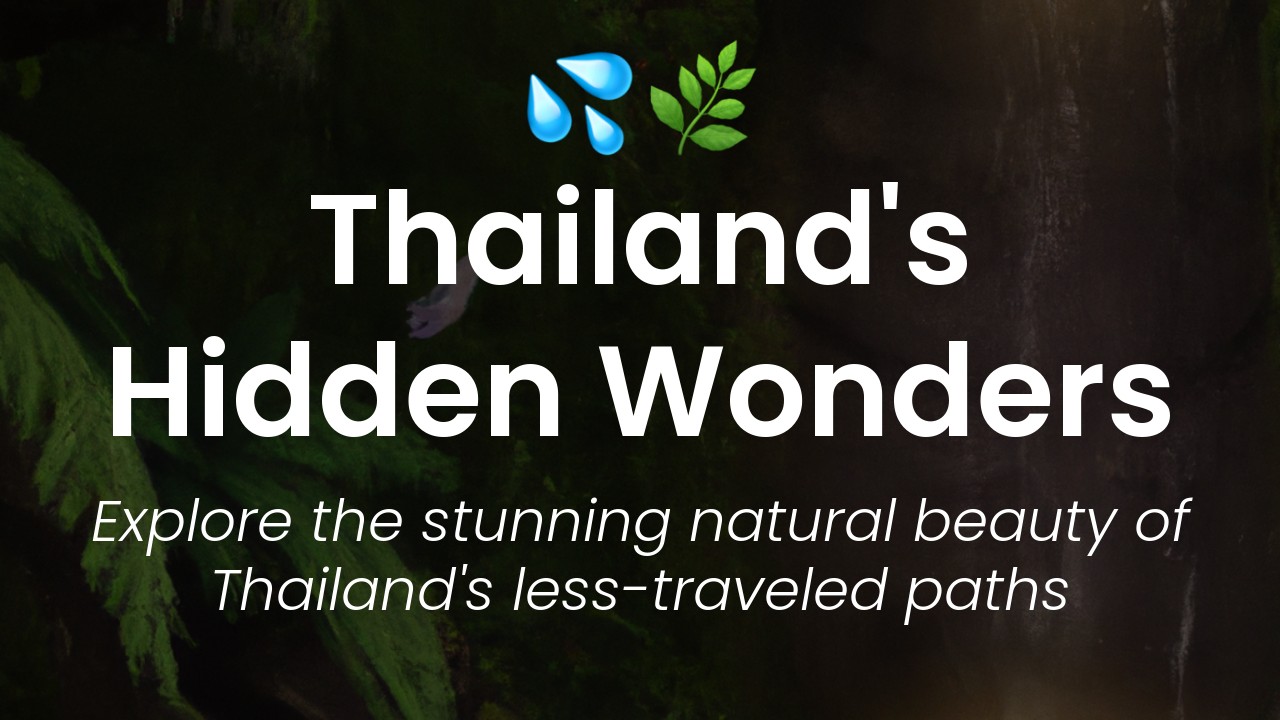Hello, everyone! It’s Sirinya, and I am happy to share with you one of the greatest experiences that you can enjoy while in Thailand: jungle trekking in Chiang Mai. Chiang Mai, known as the cultural capital of Northern Thailand, is surrounded by lush greenery and stunning mountain ranges. It is also home to some of the country’s most incredible trekking trails, which are worth exploring if you’re up for a challenge.
But with so many options to choose from, how do you decide on the best trek and ensure it fits your style and budget? With this ultimate guide, I will take you through the most popular jungle treks in Chiang Mai, including the benefits of doing a guided tour, the best time to embark on the journey, and some potential things to be aware of.
Whether you are an adventurous traveler, a nature lover, or just looking for a unique experience, the Chiang Mai jungle trek can offer you an incredible opportunity to explore the stunning natural settings of Northern Thailand. With its breathtaking views, lush jungle scenery, and exotic wildlife, this trek is an ideal way to immerse yourself in the beauty and diversity of Northern Thailand, and gain a new appreciation for the natural wonders here. So, are you ready? Let’s dive into the world of Chiang Mai jungle trekking!
Choosing the Right Trekking Company
Are you ready for an adventure in the lush Thai jungle? Chiang Mai is the perfect base for jungle trekking experiences. With so many trekking companies to choose from, how do you know which one is right for you?
First, consider the type of trek you want to do. Do you want a one-day trek or a multi-day adventure? Do you want a leisurely stroll or a challenging climb? Chiang Mai offers a range of trekking options to suit all preferences.
Next, do your research. Look for reviews and feedback from other travelers to get an idea of what each company offers. Make sure to choose a reputable company with experienced guides.
Finally, take into account the ethical practices of the trekking company. Make sure they operate in a sustainable and responsible way, respecting the local environment and culture.
Essentials for Jungle Trekking
When you head into the jungle, you need to be prepared. Here are some essentials you should take with you on your trek:
- Sturdy and comfortable hiking boots
- Waterproof jacket and pants to protect you from rain and humidity
- Insect repellent to fend off mosquitos and other bugs
- Sunscreen to protect you from the sun’s UV rays
- Hat and sunglasses for shade and eye protection
- First aid kit with basic supplies
- Water bottle to stay hydrated
- Snacks to keep your energy levels up
- Camera to capture the amazing scenery
Make sure to pack light and only bring what you need to avoid a heavy load on your trek.
Routes for Trekking in Chiang Mai
Chiang Mai offers a variety of trekking routes, each with its own unique landscape and scenery. Here are some popular trekking routes to explore:
- Doi Inthanon National Park: This is the highest mountain in Thailand and offers stunning views of the surrounding forest and waterfalls. The trek to the summit takes about 2-3 days.
- Mae Tang: This trek takes you through lush jungle and scenic hill tribe villages. You can choose between a one-day trek or a multi-day adventure.
- Chiang Dao: This is a great trek for birdwatchers, as it takes you through a bird-rich area of the jungle. The trek can be done in a day, but a two-day option is also available.
- Huay Nam Dang National Park: This trek takes you through a dense forest and past hill tribe villages. You can choose from a one-day trek or a longer multi-day hike.
No matter which trekking route you choose, make sure to take your time and enjoy the stunning scenery.
Best Campsites in the Jungle
If you’re doing a multi-day trek, you’ll need to find a place to set up camp. Here are some of the best campsites in the Chiang Mai jungle:
- Karen Hill Tribe Homestay: This homestay offers an authentic experience of Thai hill tribe culture. You’ll stay in a traditional bamboo hut and enjoy home-cooked meals with your host family.
- Mae Taeng Elephant Camp and Trekking: This camp offers an elephant trekking experience alongside a one-night jungle camping adventure. You’ll set up camp under the stars and fall asleep to the peaceful sounds of the jungle.
- Mae Tang Riverside Camp: This campsite is situated next to a beautiful river and offers a range of activities including bamboo rafting, elephant trekking and hiking. You can choose to camp in a tent or stay in a bungalow.
Learning from Local Hilltribes
Jungle trekking is not only an incredible outdoor adventure, but also an opportunity to learn from local communities. Chiang Mai is home to a number of hill tribes, each with their own distinct culture and traditions. Here are some hill tribe communities you might encounter on your trek:
- Karen: The Karen people are known for their intricate weaving and beautiful traditional dress. They are skilled at farming and live in bamboo houses.
- Hmong: The Hmong are expert embroiderers and are known for their vibrant clothing. They live in houses made of thatch and are skilled at farming and hunting.
- Lisu: The Lisu are known for their musical talents and vibrant festivals. They live in simple bamboo houses and are skilled at farming and herbal medicine.
When visiting these communities, it’s important to be respectful and learn about their culture in a responsible way. Choose a trekking company that has positive relationships with the local communities and supports sustainable and responsible tourism.
Wildlife You Can Encounter
The Chiang Mai jungle is home to a range of fascinating wildlife, including reptiles, birds, insects and mammals. Here are some creatures you might come across on your trek:
- Gibbons: Small, shaggy primates known for their distinctive calls.
- Monitor lizards: Large lizards that can reach up to three meters in length.
- Giant spiders: Thailand is home to some of the largest spiders in the world, including the huntsman spider.
- Elephants: These gentle giants are often used in trekking experiences and can be seen traversing the hillsides.
It’s important to respect the wildlife and remember that you are a guest in their habitat. Don’t disturb or feed the animals and make sure to dispose of your rubbish responsibly.

